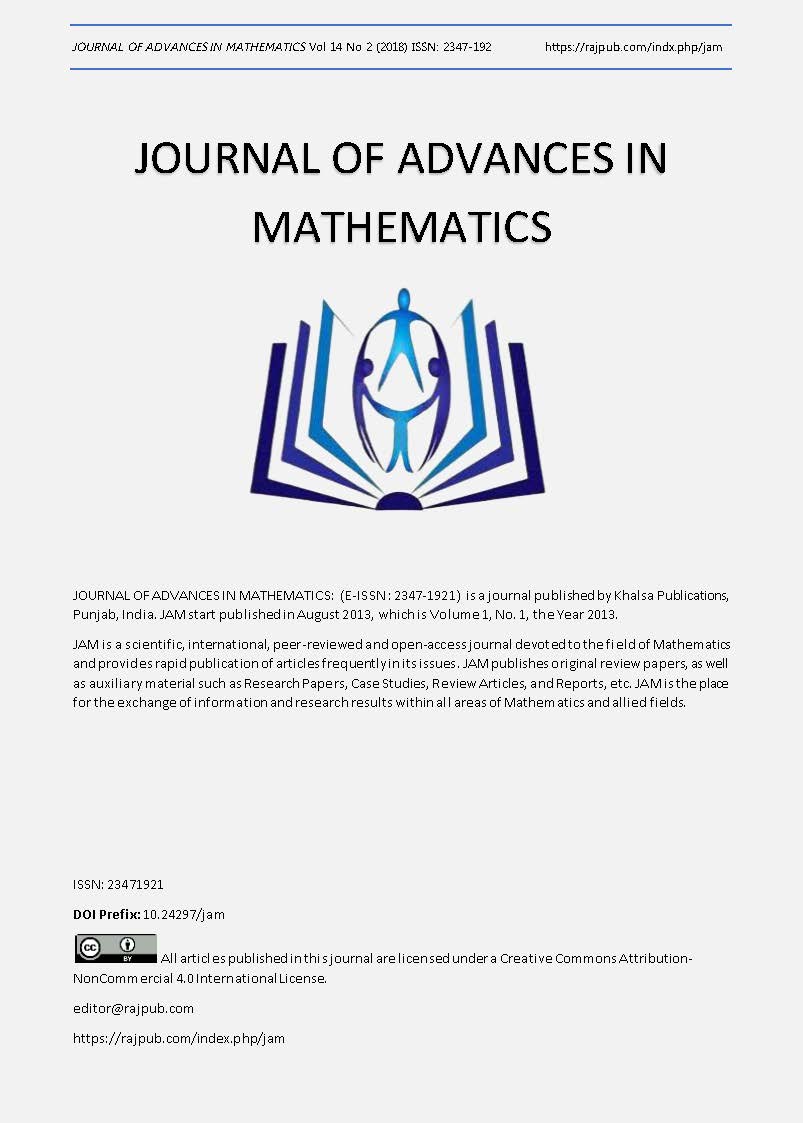The Trisection of an Arbitrary Angle
A Classical Geometric Solution
DOI:
https://doi.org/10.24297/jam.v14i2.7402Keywords:
Angle trisection; Geometric impossibility; An arbitrary angle; A angle; Compass; Straightedge; Classical geometry Irrational numbersAbstract
This paper presents an elegant classical geometric solution to the ancient Greek's problem of angle trisection. Its primary objective is to provide a provable construction for resolving the trisection of an arbitrary angle, based on the restrictions governing the problem. The angle trisection problem is believed to be unsolvable for compass-straightedge construction. As stated by Pierre Laurent Wantzel (1837), the solution of the angle trisection problem corresponds to an implicit solution of the cubic equation x cubed minus 3x minus 1 equals 0, which is algebraically irreducible, and so is the geometric solution of the angle trisection problem. The goal of the presented solution is to show the possibility to solve the trisection of an arbitrary angle using the traditional Greek's tools of geometry (a classical compass and straightedge) by changing the problem from the algebraic impossibility classification to a solvable plane geometrical problem. Fundamentally, this novel work is based on the fact that algebraic irrationality is not a geometrical impossibility. The exposed methods of proof have been reduced to the Euclidean postulates of classical geometry.
Downloads
References
C. B. Boyer. 1991. A History of Mathematics, 2nd Ed., John Wiley & Sons, Inc, (1991), p.64.
P.L. Wantzel. 1837. Recherches sur les moyens de reconnaitre si un problème de géométrie peut se résoudre avec la règle et le compass. Journal de Mathematiques pures et appliques, (1837), Vol. 2, pp.366-372.
Kimuya.M. Alex, Josephine Mutembei, The Cube Duplication Solution (A Compass-straightedge (Ruler) Construction), International Journal of Mathematics Trends and Technology (IJMTT) – Volume 50 Number (5 October 2017).
University of Toronto. 1997. The Three Impossible Constructions of Geometry, , 14 Aug, (1997).
Kimura. M. Alex, Josephine Mutembei, The Angle Trisection Solution (A Compass-Straightedge (Ruler) Construction), Journal of Advances in Mathematics, (2017).
Kimuya, M. Alex. 2017 The Possibility of Angle trisection (A Compass Straightedge Construction), Journal of Mathematics and System Science, Vol.7, (January, 25, 2017), P. 25-42. Doi: 10.17265/2159-5291/2017.01.003.
W.S. Anglin. 1994. Mathematics: A Concise History and Philosophy, Springer-Verlag, New York, (1994), pp. 75-80.
H. Dorrie. 1965. 100 Great Problems of Elementary Mathematics, Dover Publications, New York, (1965), P. 173.
J. Castellanos. 1994-2007. What is Non-Euclidean Geometry? <https://www.cs.unm.edu/~joel/noneuclid/noneuclidean.html>, (1994) -(2007).
Burton, M. David. 1999. A History of Mathematics: An Introduction, 4th Ed., mcgraw-Hill, p. 116, (1999).
R. Descartes. 1664. La Géométrie, C. Angot, Paris, (1664) (first published in 1637).
R. Fitzpatrick. 1883–1885. Euclid’s Elements of Geometry, from Euclidis Elementa, edidit et Latine interpretatus est I.L. Heiberg, in aedibus, B.G. Teubneri.
H. Florentino Latortue. 2017. The Solution to the Impossible Problem, Library of Congress Control Number: 2017905297, NY, Printed in the United States of America, (2017).
C.A. Hart and D. D. Feldman. 1912, 2013. Plane and Solid Geometry, American Book Company, Chicago, (1912), (2013), p.341-342.
Dudley, U. 1983. What to do when the trisection comes. The Mathematical Intelligencer 5, (1), (1983), p.21.
Dudley, Underwood. 1994. The Trisectors, The Mathematical Association of America.
Kimuya, M. Alex. 2017. Personal communication.
Downloads
Published
How to Cite
Issue
Section
License
 All articles published in Journal of Advances in Linguistics are licensed under a Creative Commons Attribution 4.0 International License.
All articles published in Journal of Advances in Linguistics are licensed under a Creative Commons Attribution 4.0 International License.








